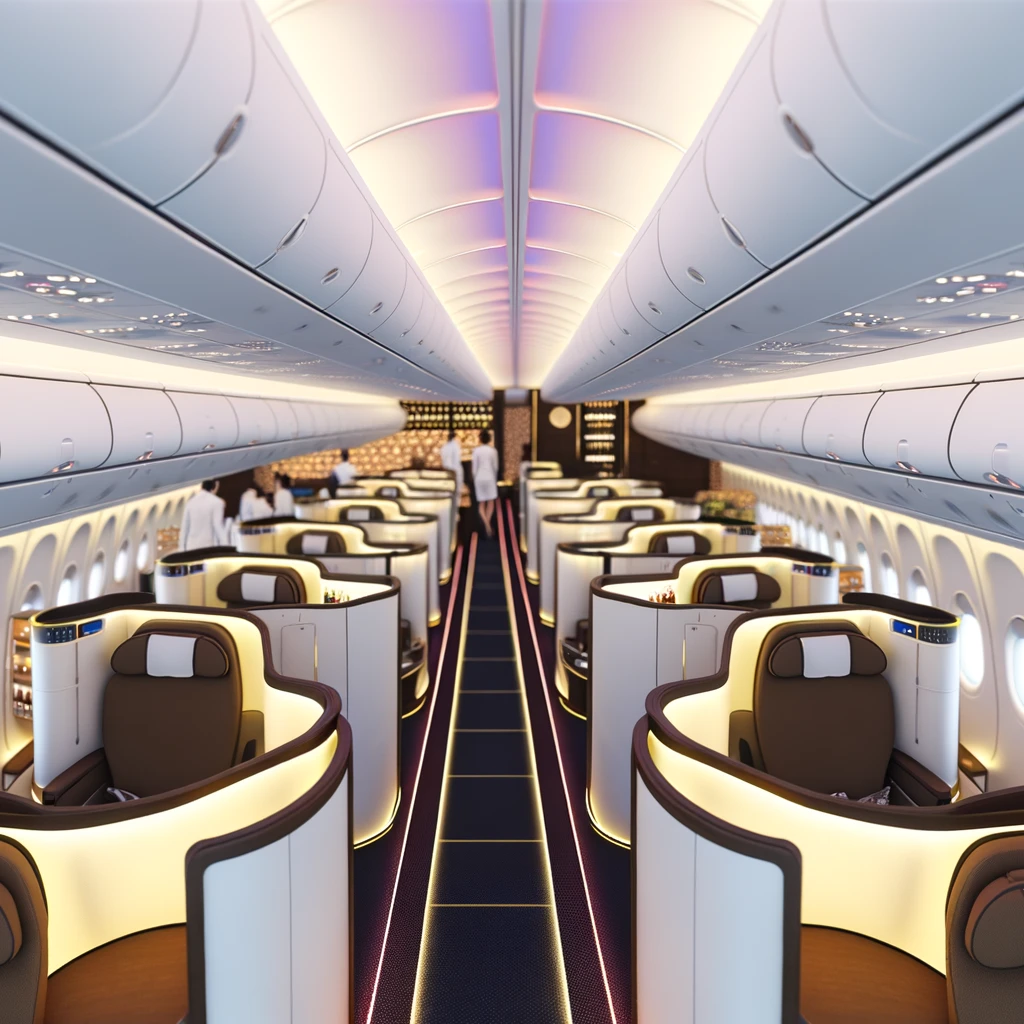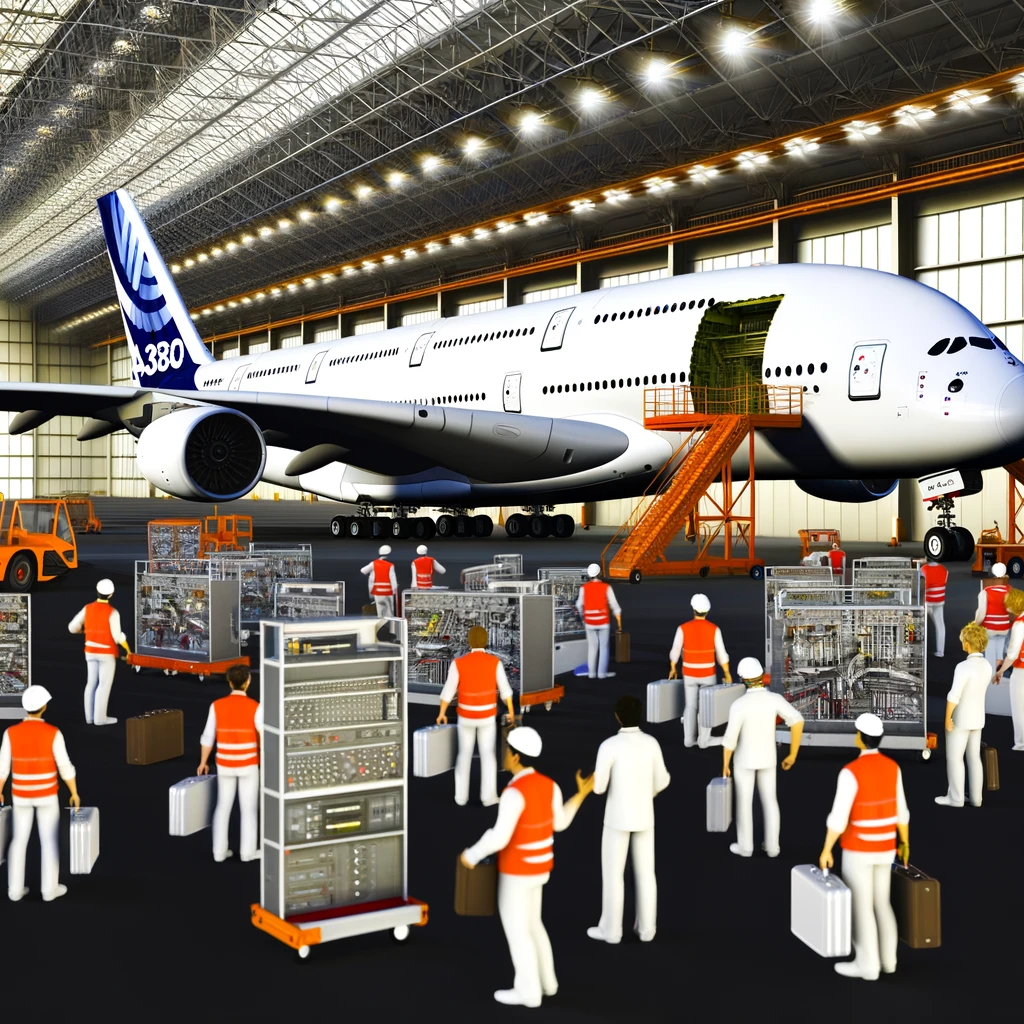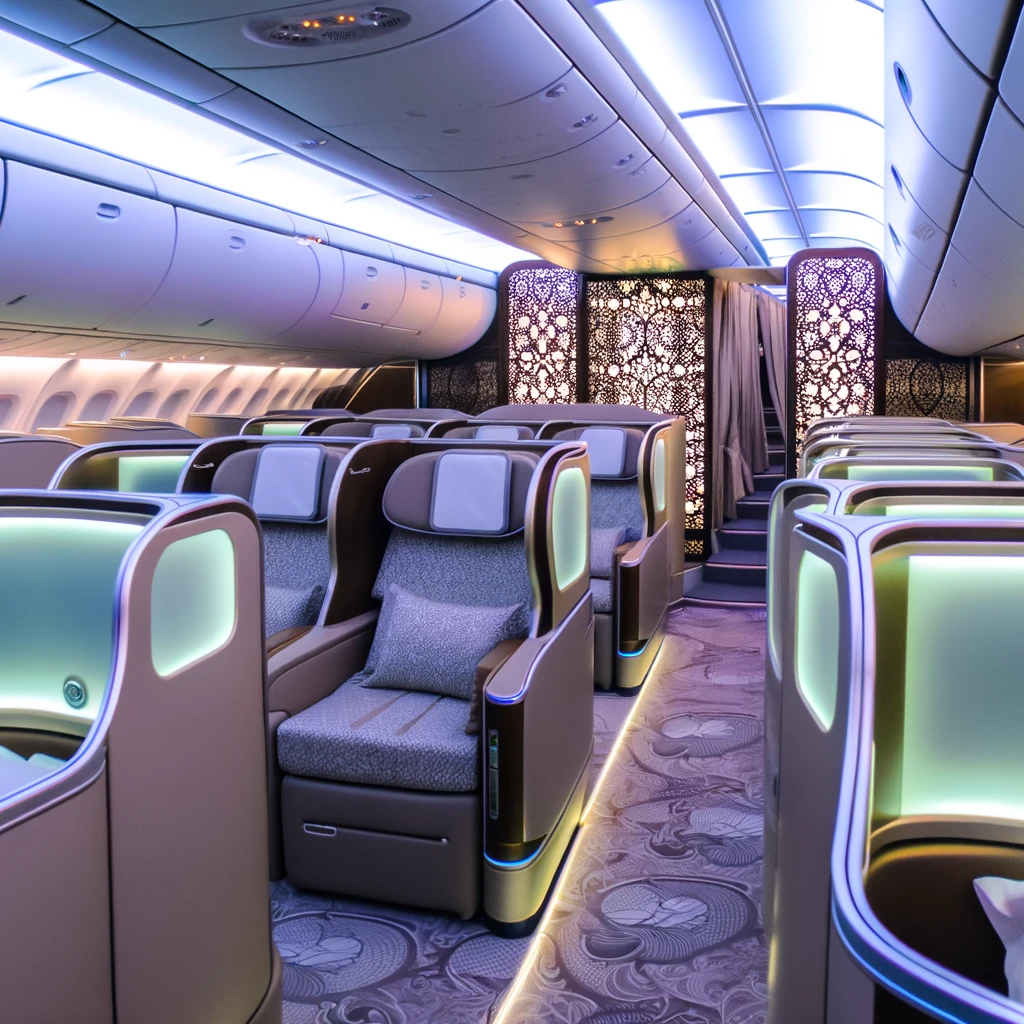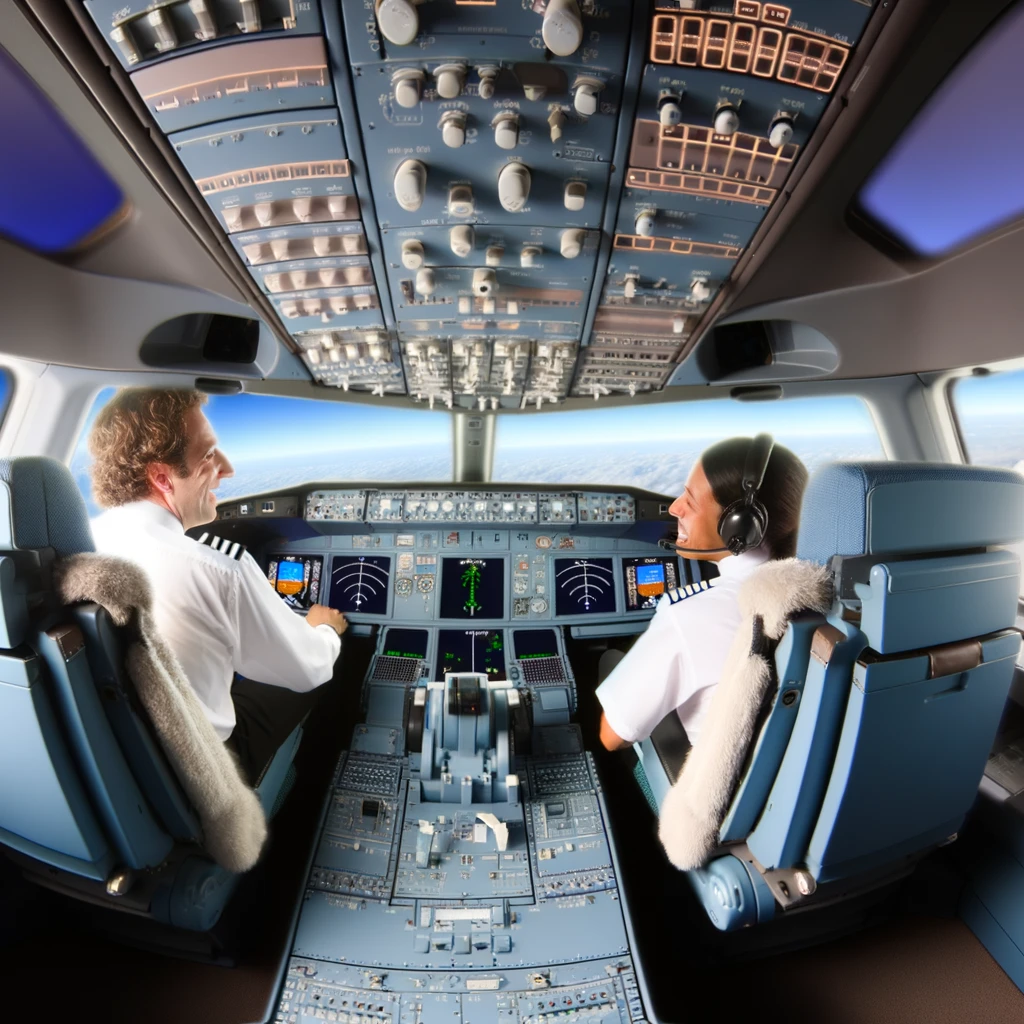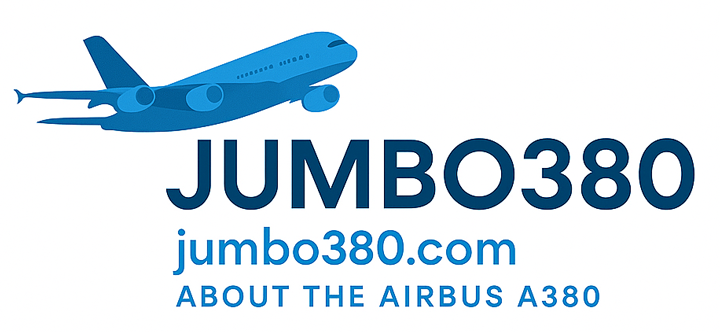
Introduction
The aviation industry has always been a battleground for engineering prowess and innovation. In this arena, the Airbus A380 stands as a testament to human ingenuity, representing the pinnacle of commercial airliner design in the era of the superjumbo. Pitted against formidable competitors, the A380’s journey through the skies offers insights into modern aviation trends, market demands, and engineering challenges.
The Rise of the Superjumbo
In the early 2000s, the demand for larger aircraft capable of transporting more passengers over long distances became apparent. This was driven by increasing global travel and the need to maximize efficiency on popular routes. Airbus responded with the A380, which, upon its entry into service, captured the world's imagination with its sheer size and capacity.
Design and Features
The Airbus A380 is renowned for its double-deck configuration, offering space for up to 853 passengers in an all-economy class layout. However, airlines typically configure it to seat around 500-600 passengers, balancing luxury and economy. Its four-engine design, advanced aerodynamics, and cutting-edge materials contribute to its performance, making it a unique asset in any airline's fleet.
Market Impact
The introduction of the A380 was a game-changer. It enabled airlines to optimize slot-constrained airports by carrying more passengers per flight. Moreover, the aircraft's spacious cabins allowed airlines to introduce premium offerings such as onboard bars, showers, and luxury suites, redefining the passenger experience.
Competing Against the Giants
Despite its initial success, the A380 faced significant competition from other aircraft manufacturers and changing market dynamics. Boeing's 747, a long-standing rival, continued to be a strong contender with its own set of loyal customers and a slightly more versatile design.
The Twin-Engine Revolution
One of the biggest challenges for the A380 was the rise of efficient twin-engine aircraft like Boeing's 787 and Airbus's own A350. These aircraft offered comparable range and capacity with significantly lower operating costs. Airlines increasingly favored these models for their flexibility and economic efficiency, shifting the demand away from superjumbos.
Market Trends and Airline Preferences
Modern airlines prioritize flexibility and cost-effectiveness, leading to a preference for smaller, more versatile aircraft that can operate on a wider range of routes. The A380, though unmatched in passenger capacity, struggled in this evolving landscape where point-to-point travel became more desirable than hub-and-spoke models.
The Future of the Airbus A380
As the aviation industry moves forward, the future of the Airbus A380 remains a topic of interest. While production has ceased, the existing fleet continues to serve some of the world's busiest routes. Airbus has shifted focus towards more versatile, efficient aircraft, aligning with current market demands.
Retirement and Legacy
Although the A380's production has ended, its legacy lives on. Many airlines continue to operate the A380, capitalizing on its unique capabilities for high-demand routes. Its influence on aircraft design and passenger expectations persists, marking it as a significant chapter in aviation history.
Conclusion
The Airbus A380, a marvel of modern engineering, faced unique challenges in the rapidly evolving aviation market. While its era as a production model has concluded, its impact on the industry is undeniable. As aviation continues to innovate and adapt, the lessons learned from the A380's journey will guide future developments in aircraft design and airline operations.
Related Articles
